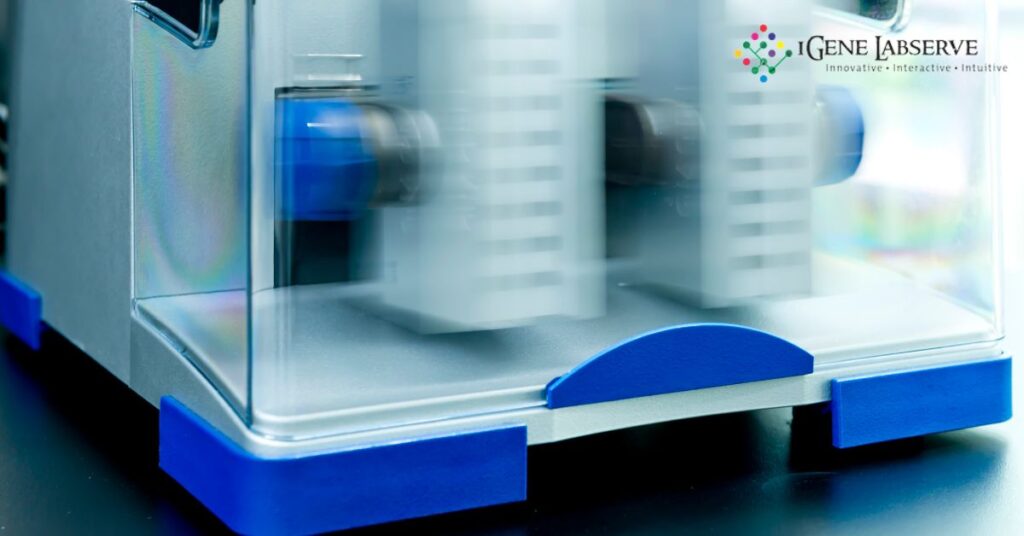Homogenization, a crucial process in various scientific and industrial fields, plays a pivotal role in achieving consistent results. This blog post dives into the world of homogenization with a specific focus on the brilliance of Bead Beater technology.
I. Understanding Bead Beater Homogenizers
A. Overview of Bead Beater technology
1. Mechanism and design
2. How beads facilitate effective homogenization
B. Advantages of using Bead Beater Homogenizers
1. Speed and efficiency
2. Versatility in sample types
II. Applications of Bead Beater Homogenization
A. Scientific research and experimentation
1. Cell and tissue homogenization
2. DNA, RNA, and protein extraction
B. Pharmaceutical industry
1. Drug formulation and development
2. Quality control processes
C. Food and beverage processing
1. Extraction of flavors and nutrients
2. Ensuring product consistency
D. Environmental and microbiological studies
1. Soil and water sample preparation
2. Microbial cell disruption for analysis
III. Choosing the Right Bead Beater Homogenizer
A. Factors to consider when selecting a Bead Beater
1. Sample volume and type
2. Desired level of homogenization
B. Comparison with other homogenization methods
1. Bead Beaters vs. traditional methods
2. Advantages in terms of scalability
IV. Tips and Techniques for Effective Homogenization
A. Best practices for optimizing homogenization with Bead Beaters
1. Sample preparation tips
2. Adjusting parameters for specific applications
B. Common challenges and how to overcome them
1. Bead size and material considerations
2. Addressing heat generation during homogenization
C. Ensuring reproducibility in results
1. Standardizing protocols
2. Quality control measures
V. Real-World Examples
A. Showcasing research projects and studies using Bead Beater Homogenizers
1. Case studies from academic research
2. Industry-specific success stories
VI. Maintenance and Care
A. Proper cleaning and maintenance of Bead Beater Homogenizers
1. Routine maintenance steps
2. Troubleshooting common issues
B. Extending the lifespan of the equipment
1. Storage recommendations
2. Upgrading and retrofitting options
VII. Future Trends in Bead Beater Homogenization
A. Emerging technologies and innovations
1. Advances in bead materials and designs
2. Integration with automation and smart technologies
B. Potential advancements in Bead Beater design
1. Miniaturization for portable applications
2. Enhanced user interface and control features
C. Implications for future research and industry practices
1. Impact on experimental design and outcomes
2. Collaborative opportunities for innovation
VIII. Conclusion
A. Recap of key points
1. Bead Beater advantages in homogenization
2. Versatility across diverse applications
B. Encouragement for readers to explore Bead Beater Homogenization
C. Call-to-action for further inquiries or exploration
This comprehensive guide aims to empower researchers, scientists, and industry professionals with the knowledge to harness the brilliance of Bead Beater Homogenizers for unparalleled homogenization success.

